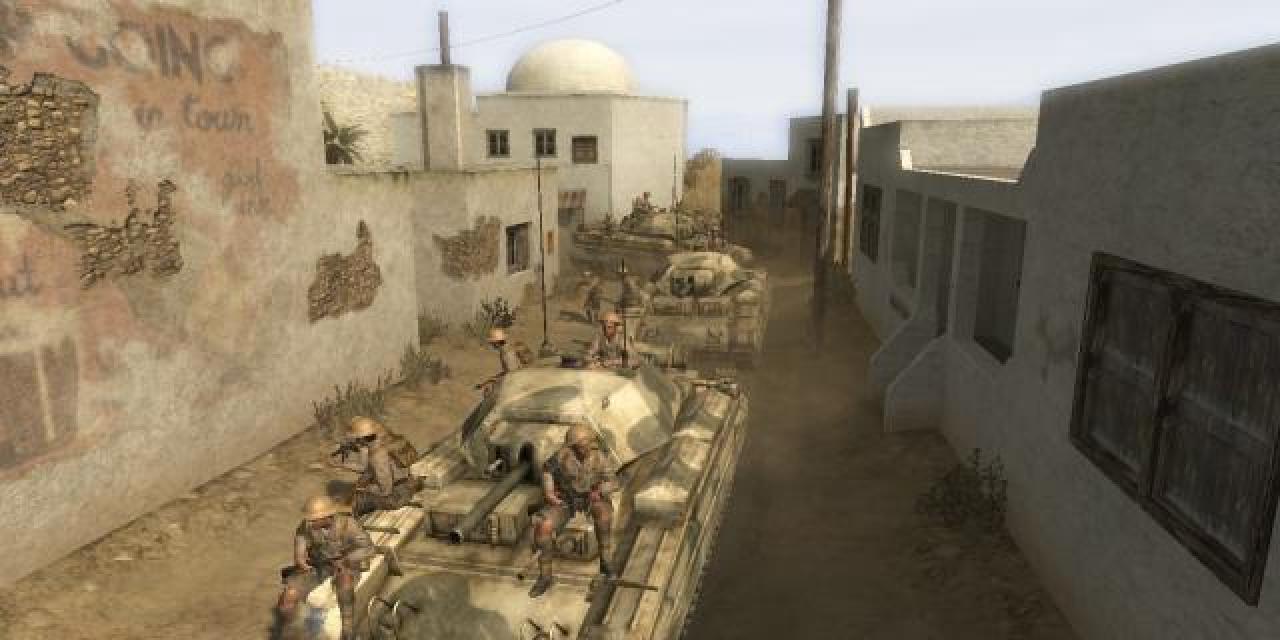
To mark Activision's E3 2005 lineup announcement, dominated by two new Call of Duty titles, we have a short Q&A with the two senior military advisors who have helped the developers create as realistic a WW II experience as is possible in a video game.
Please introduce yourselves and tell us a little bit about your background
(Hank) I'm Hank Keirsey, retired Lieutenant Colonel, US Army - twenty-four years of service with the Army, three years with Activision. I have a bachelor's degree from West Point and a master's in history from Duke. I taught military history at the Military Academy. I am a combat veteran of the first Gulf War and returned from Iraq last May working with a contractor. I served three years at the Army's premier training center- - I have seen and trained over 1000 infantry platoons. I trained West Point cadets in tactics and leadership for five years. With the Call of Duty franchise, John and I are here to help pass on our experiences and further help the team make the most intense and authentic game possible.
(John) I'm John Hillen, retired US Army Captain - twelve years of service with the Army and three years with Activision as a military advisor to all the games in the Call of Duty franchise. I served in combat in the first Gulf War as a cavalry officer and have also served with airborne and special operations units the world over. I have a Master's Degree in War Studies from King's College London and a PhD from Oxford. I've written several books and hundreds of articles in military affairs and military history. I review books for the New York Post and am an on-air commentator for ABC News.
One of the missions in the game depicts the desert battle that took place in Toujane, between General Montgomery's 8th Army and General Rommel's Afrikakorps, what was the importance and significance of this battle?
(Hank) The desert war between Rommel and Montgomery has held a fascination for historians and military buffs for a long time. Vast expanses of desert and formations of tanks maneuvered like so many ships in a huge ocean of sand - each side always searching for that key flank or weak point in the other side's disposition. Armored platforms accelerated the speeds at which battles developed - in a blink, if you dropped your guard, you could have tanks thundering through your rear areas. And, that spells trouble.
We tend to think of the desert war as pure tank combat, but champion Armored formations were those that understood the coordination needed between tanks and infantry: too many antitank guns ahead - root 'em out with grunts; enemy tanks ahead - then lead with armor. The battle in Toujane showcases a fight where, because of the tight quarters of houses and narrow valleys, the tanks and infantry really need to work closely together. A heads up from a grunt to a tanker about what's in a window or around a corner can make all of the difference for success.
(John) This battle was the culmination of a titanic campaign that had swept back and forth across North Africa for over two years already. And it involved some of the most well-known military personalities of the war in Rommel and Montgomery. The action in Toujane was part of a larger attack on the Mareth Line, a heavily fortified set of German defensive positions known as the Maginot Line of Africa. Nonetheless, in heavy fighting in 1943 Montgomery managed to break through Rommel's line and flank him, marking the beginning of the end for the Afrikakorps. The challenges of fighting in Toujane and the close coordination of tanks, infantry, and even air support seen in this mission make this an excellent and intensive battle that was historically decisive.








